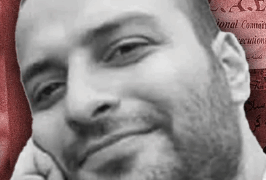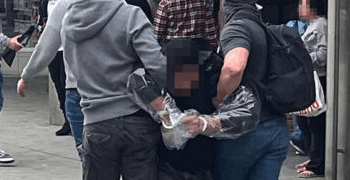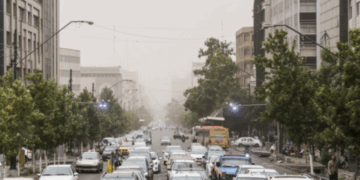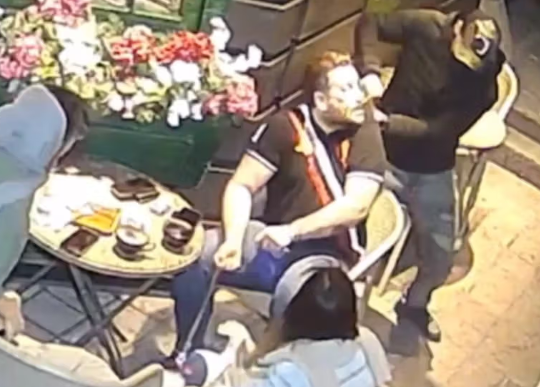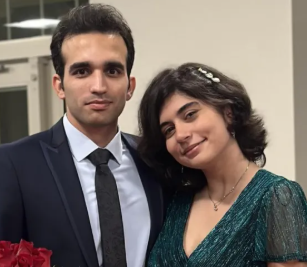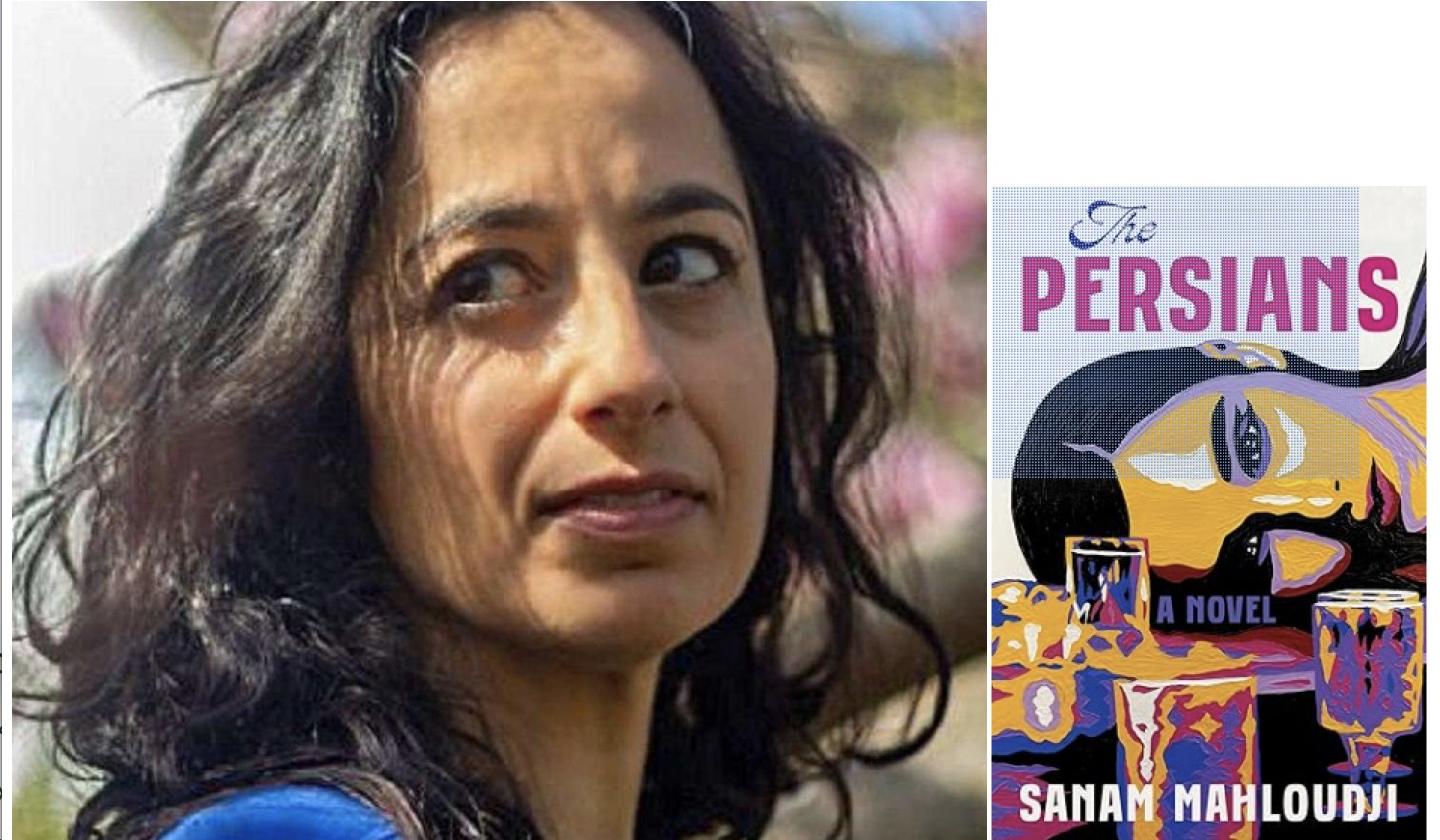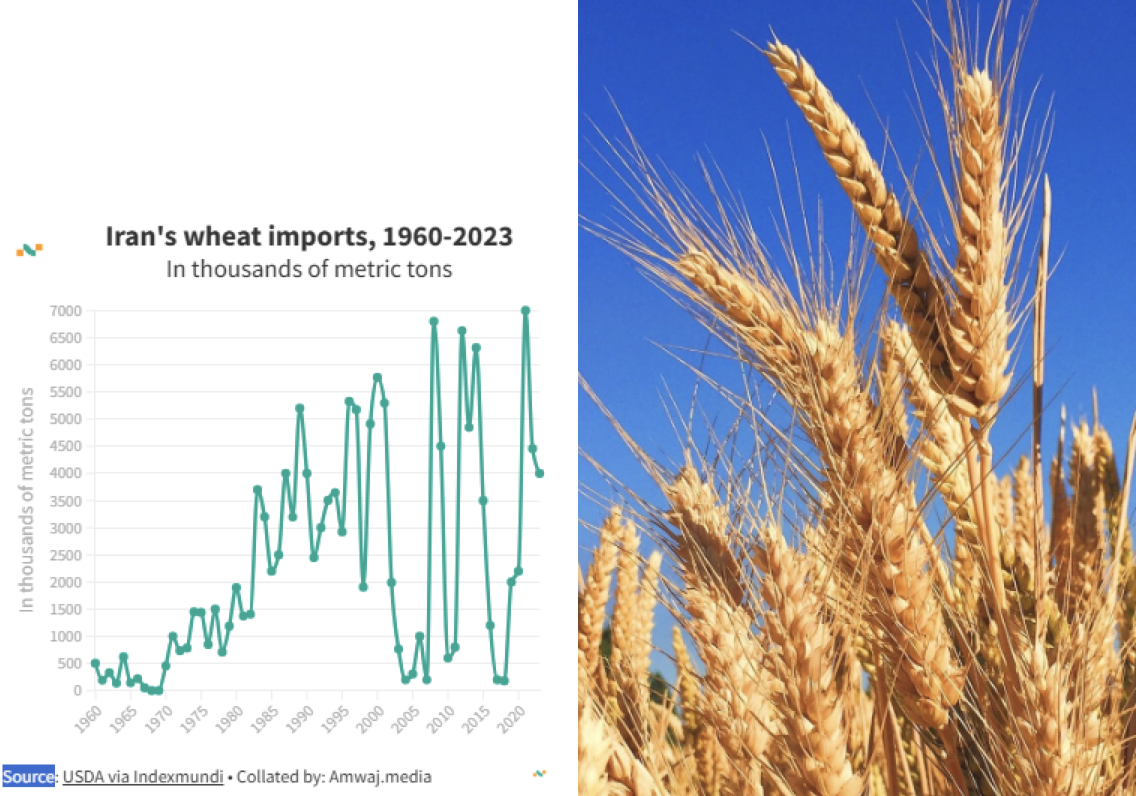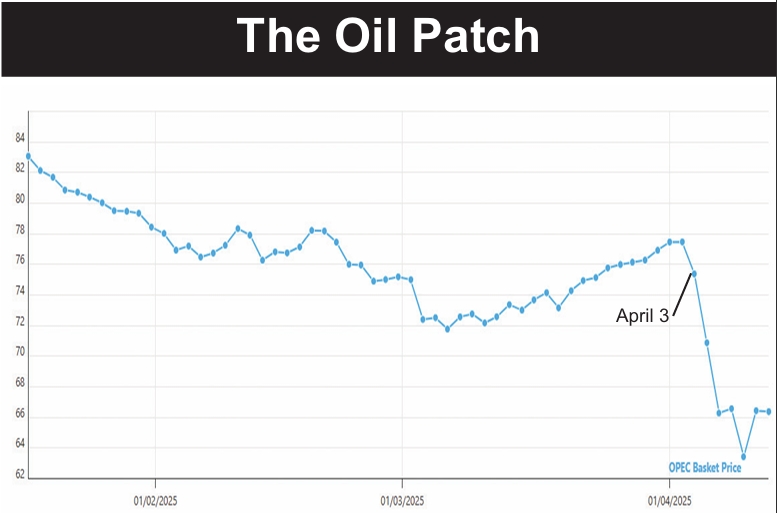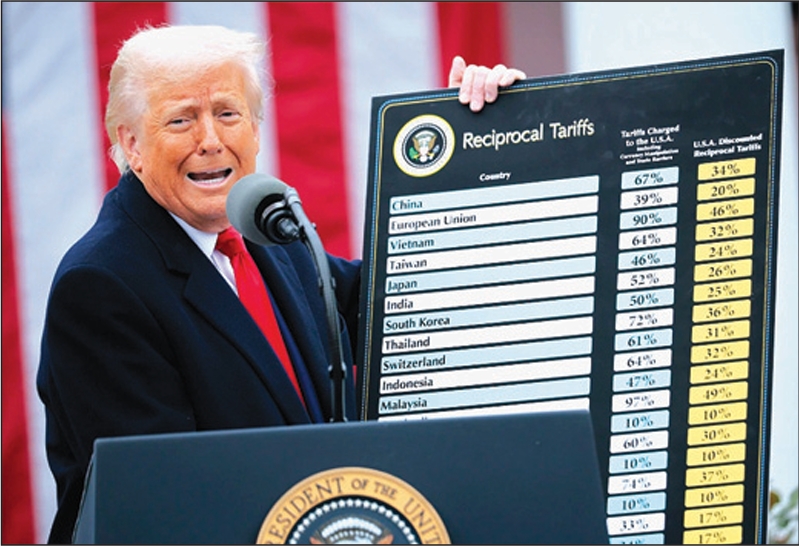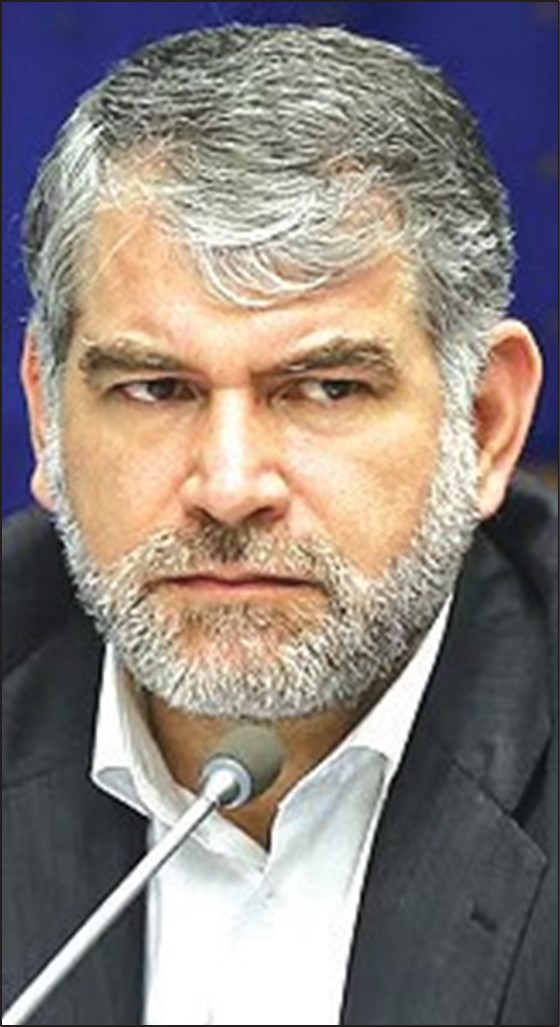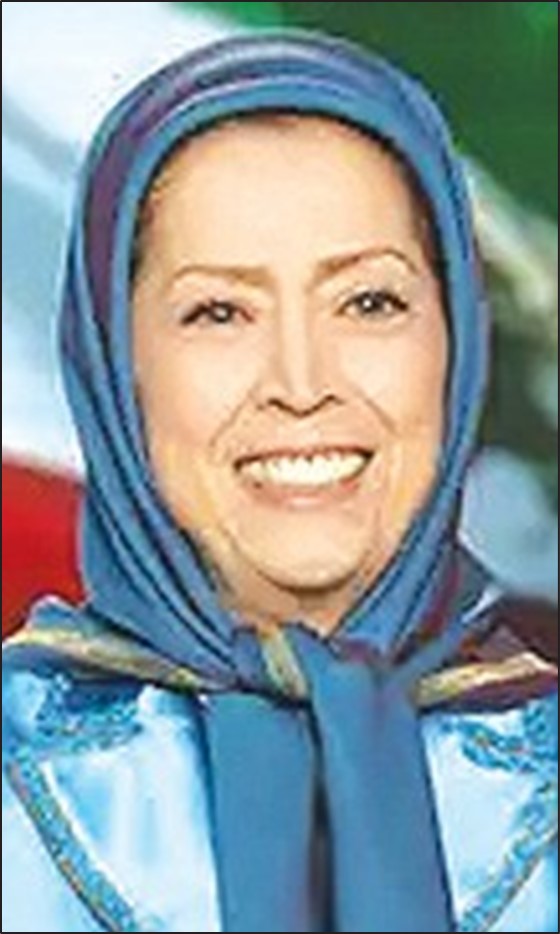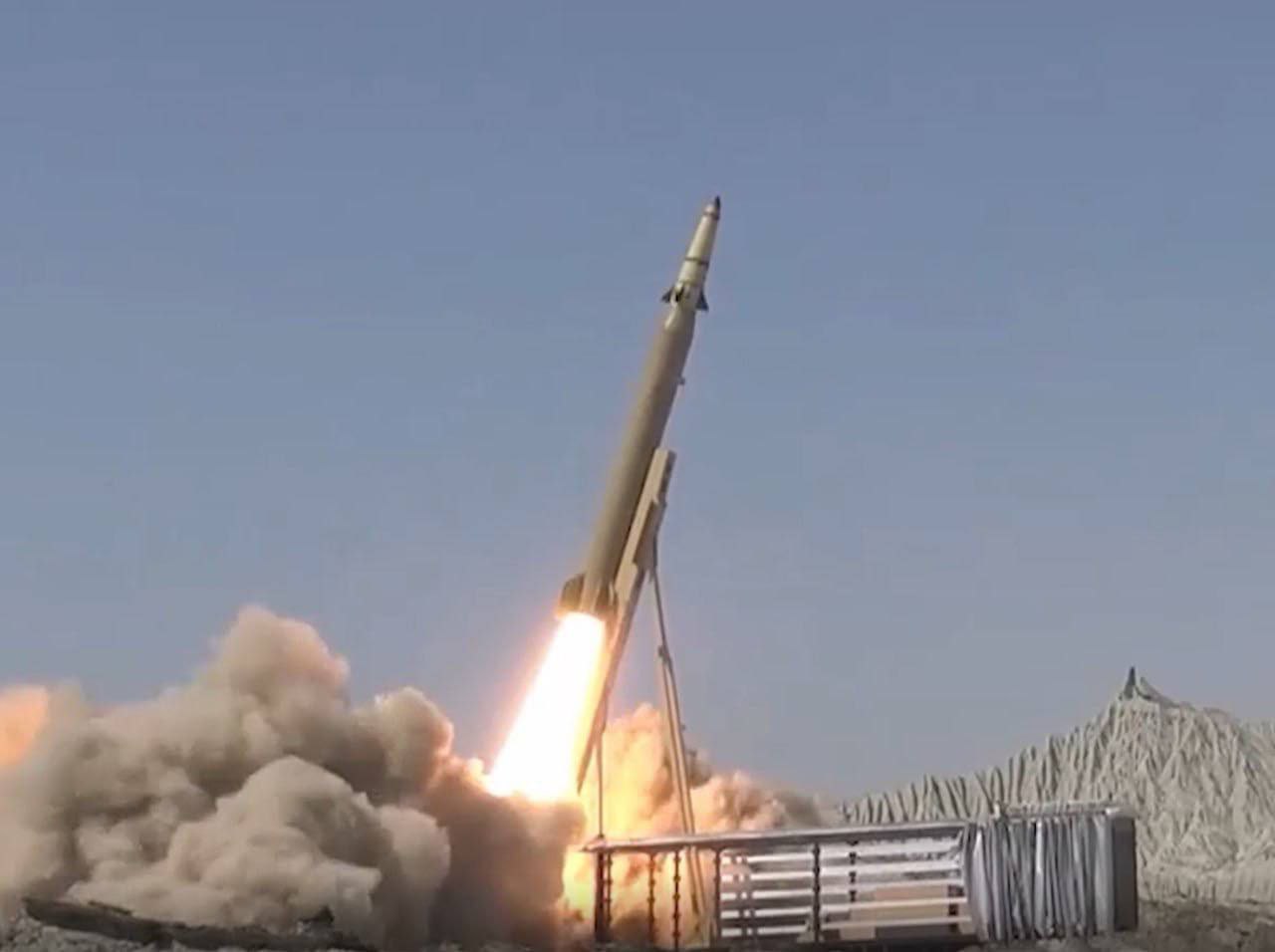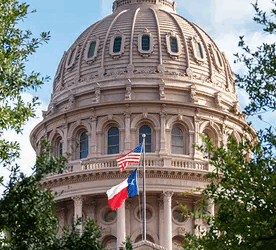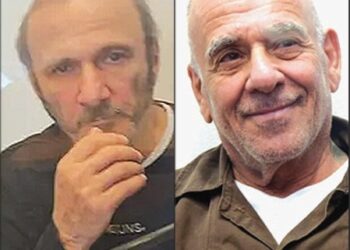February 01,2025
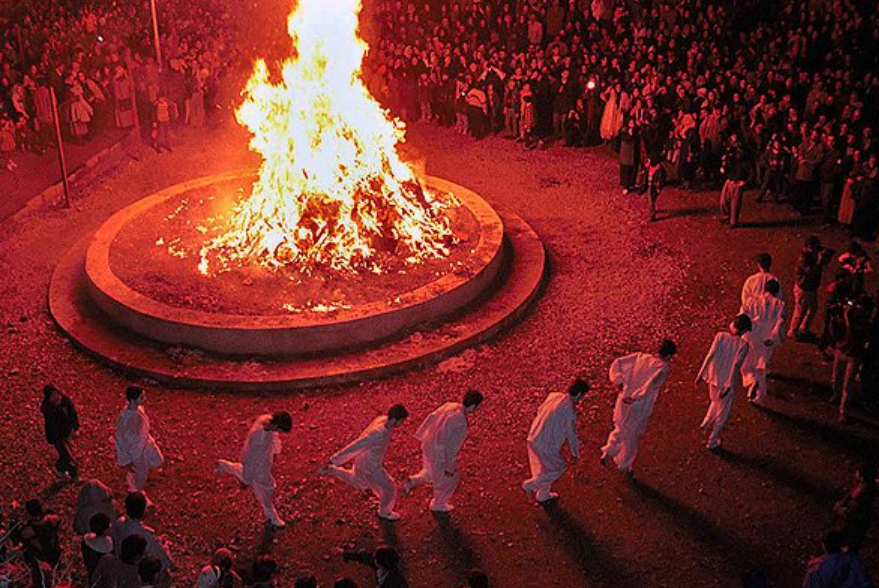 The Islamic Republic has forbidden non-Zoroastrians from attending the ancient Zoroastrian Sadeh festival, in a continuing crackdown on non-Muslim celebrations that have grown like wildfire in recent years in seeming reaction to the regime’s efforts at cultural domination.
The Islamic Republic has forbidden non-Zoroastrians from attending the ancient Zoroastrian Sadeh festival, in a continuing crackdown on non-Muslim celebrations that have grown like wildfire in recent years in seeming reaction to the regime’s efforts at cultural domination.
Sadeh is an agricultural festival celebrated since ancient times. Though highly revered by Zoroastrians, this holiday is not exclusive to their faith and was historically celebrated by agricultural communities across the Persian Empire. However, it did not draw much attention in modern Iran from non-Zoroastrians until recent years.
Other non-Islamic holidays like the Christian Christmas, the birthday of Cyrus the Great and the western secular St. Valentine’s Day have also been marked by growing numbers of Muslim Iranians in recent decades, to the horror of the regime. They appear to be attractive to many Muslim Iranians as a form of non-violent and silent rejection of the Islamic regime.
At least, that is what the regime perceives them to be as it tries to suppress their recognition. Shops that sell Valentines have sometimes been closed. The roads accessing the tomb of Cyrus have been blocked each of the last several years before his birthday anniversary. Little can be done about Christmas since there are a few hundred thousand Christians and shops owned by Armenians featuring Christmas decorations cannot be closed.
This year, on the occasion of Sadeh, travel agencies promoted package holidays to cities like Kerman, Yazd, Shiraz and some smaller towns, offering tourists the chance to observe or participate in the Sadeh rituals led by Zoroastrian clergy.
Those plans were, however, canceled at the last minute after media reports on January 28 announced that, as in previous years, participation in the Sadeh celebrations in Kerman, Yazd, and Tehran the next day were strictly limited to Zoroastrians.
The festival takes place 50 days before Now Ruz. Sadeh means one hundred, referring to the 100 days and nights that remain before the New Year. Ancient texts, including classical Persian historical chronicles, suggest that Sadeh commemorates the mythical King Houshang’s discovery of fire.
Sadeh is typically celebrated in outdoor spaces, such as fields, with large bonfires. During Zoroastrian ceremonies, fire priests dressed in white robes light a massive bonfire, while participants gather to enjoy festive food and celebrate together.
Officials from the Zoroastrian community have not spoken of pressure from security forces or state agencies, instead citing “limited space” and “health considerations” as reasons for restricting celebrants to members of the faith.
Sirus Nikbakht, chairman of the Kerman Zoroastrian Association, told the media that non-Zoroastrians were not allowed even to watch the ritual lighting of the bonfire. However, he said some government officials were invited to the ceremony.
A video of the celebration in Kerman shared on social media showed Zoroastrian celebrants carrying large images of Supreme Leader Ali Khamenehi and his predecessor Ayatollah Ruhollah Khomeini—presumably as a sign of respect for the government.


